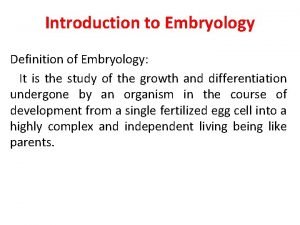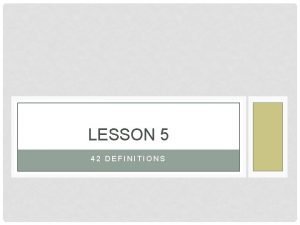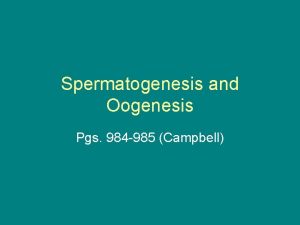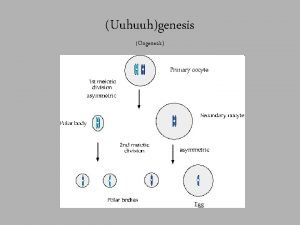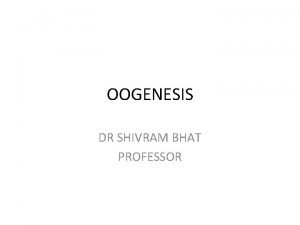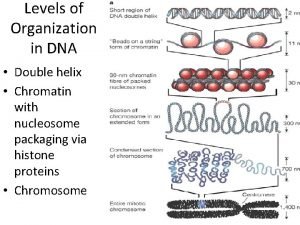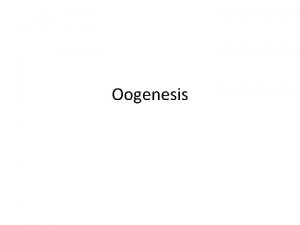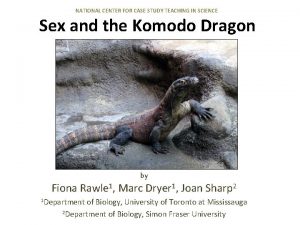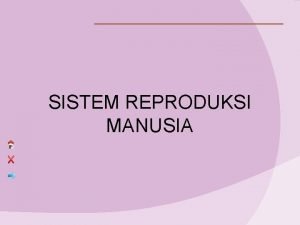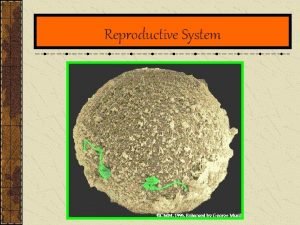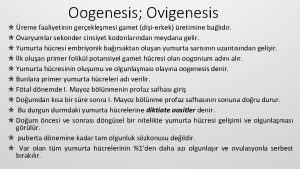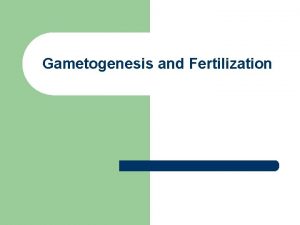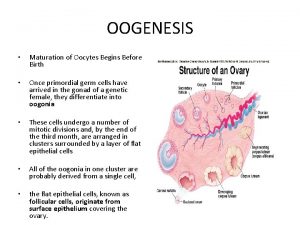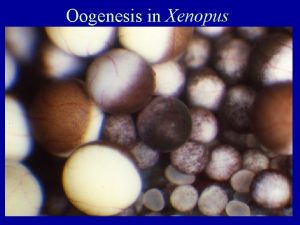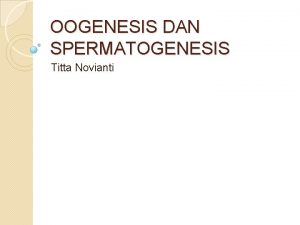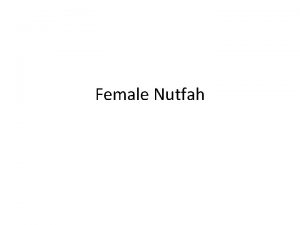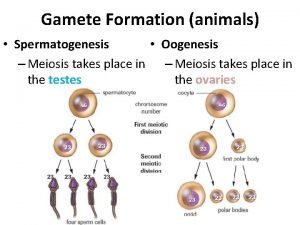OOGENESIS OVIGENESIS The formation of oocytes start from












- Slides: 12

OOGENESIS (OVIGENESIS)

• The formation of oocytes start from embryonic stage • During embryonic stage: • The primary ovary form from genital ridges (35 -40) from pregnancy • Yolk sac suffer from extension (from hind gut of the embryo) • The germs cells migrate from this extension to the primary ovary • Migrated germ cells stay in the cortex of the primary ovary • All these germ cells suffer from proliferation (Mitotic division) and differentiation to form primary oocytes (2 N)

• Before birth • this proliferation will be stop (so a fixed number of oocytes (primary oocytes) inside primary follicles (one layer of granulosa cell) • the primary oocytes enter to first meiotic division to divide the number of chromosomes in to half • Directly before birth the first meiotic division stop in prophase 1 • So the fetus after birth has primary oocytes in prophase 1 with total number of chromosomes (2 N) inside the primary follicle

• After birth: • The primary oocytes suffer from growth and maturation till puberty (primary oocytes (2 N) inside primary follicle)

• After puberty: • The FSH and LH will start to act on ovaries which lead to: 1 - growth and maturation (oocytes and follicle) under the effect of FSH 2 - formation of zona pellucida in oocytes 3 - growth for primary follicle to form secondary follicle (two or more layers of granulosa cells) 4 - formation of antrum (fill with follicular fluid) 5 - formation of theca cells in secondary follicle (so the estrogen will be increased

• Before ovulation in cows, sheep and goat and after ovulation in mare: 1 - the estrogen lead to increasing the LH hormone 2 - the LH lead to resumption of first meiosis from prophase 1 3 - the first meiotic division will be completed to form secondary oocytes which has half number of chromosomes (1 N) as well as first polar body (between vitelline membrane and zona pellucida) 9 - The second meiotic division (meiosis II) begins immediately after completion of the first division and arrested again at metaphase II

• During fertilization: 1 - the penetration of oocytes by sperm stimulate the resumption of second meiosis from metaphase II 2 - the second meiosis will be completed to form the ova as well as the second polar body 3 - the union between ova and sperm will be occur

Ovulation

• The animals divided in to two types according to the presences of ovulation • Spontaneous ovulators animals • Induced ovulators animals • Spontaneous ovulation occur directly after estrus (the high level of estrogen stimulate the LH surge) • induced ovulators, copulation stimulates sensory neurons in the vagina and/or cervix with direct neural links to the neurons of the hypothalamus to release Gn. RH, which produces the LH surge for ovulation

• The ovulatory surge of LH will leads to ovulation somewhat 24 to 48 hours later • After that the concentration of prostaglandins (PGF 2 a alpha and PGE 2) will increase • Inhibition of prostaglandin secretion will block ovulation

• The role of the prostaglandins in ovulation: 1 - Rupturing lysosome-like vesicles, containing proteolytic enzymes (which are located just outside the follicle between the surface epithelium and tunica albuginea) • Proteolytic enzymes from the lysosomes cause a localized degeneration of the tunica albuginea, theca externa, and theca interna 2 - Activating plasmin (proteolytic enzyme found in follicular fluid) • plasmin acts on the basement membrane to induce degeneration 3 - Follicular contractions

• The walls of the follicle become thin and weakened • A bulge (the stigma) which appears at the apex of the follicle • In this point where the follicle will rupture • Ovulation is associated with estrus occurring • 10 to 12 hours after the end of estrus in the cow • 14 hours after the end of estrus in the water buffalo, • a few hours after the end in the doe • middle to late estrus in the ewe • about midestrus in the sow • I to 2 days before the end of estrus in the mare

